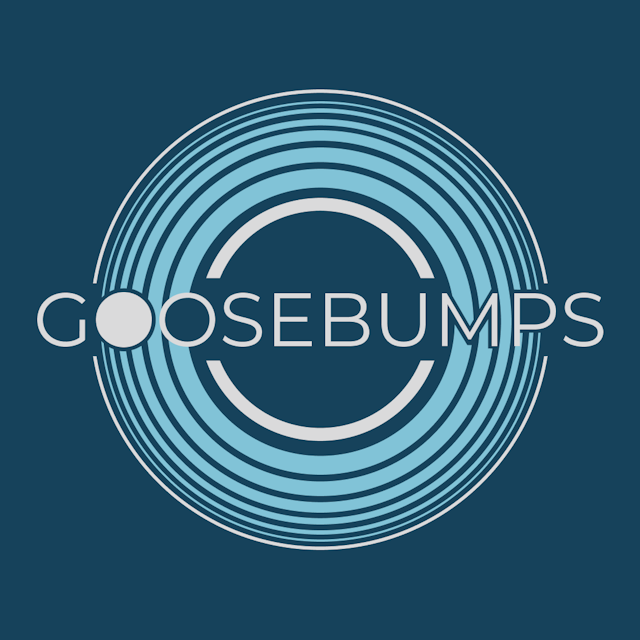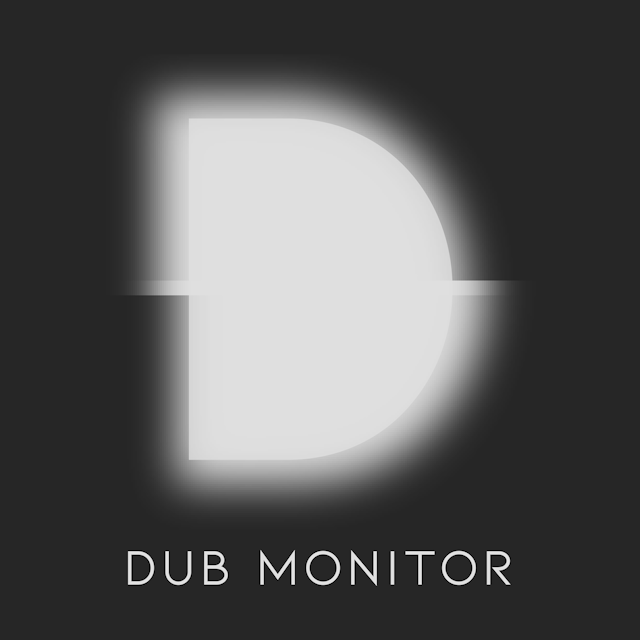Narrated by Altstadt Echo, for Dub Monitor
Very Much WIP research article
- Currently reading the books listed in here somewhere
Dub
- Jamaica
- dates back to late 1960s and early 70s
- instrumental remixes of reggae tracks
- use of delay and reverb as the primary effect to fill out the space left out by cutting the vocals
- the first dub reggae track was by accident, sound guy needed to press a dub plate for a gig, forgot the vocals, and the crowd loved it anyway
- mixer as an instrument, used to create those effects, and therefore means tracks were often recorded live. this would mean that releases could come with multiple versions/takes of essentially the same track
- Check out King Tubby and Lee scratch Perry
- book: Remixology tracing the dub diaspora
Some handpicked tracks to sample

-

-
Techno
- USA - Bellville or Detroit Michigan
- dates back to 1980s
- Juan Atkins is credited with inventing techno, with kraftwerk influence of course
- was also very popular in Berlin, as it was going through its own music revolution. the fall of the Berlin wall meant there were lots of empty spaces to use as pop-up venues or clubs
- they were importing these sounds from Detroit to play at these underground venues
- Books:
- Techno rebels - covers history of the detroit scene
- Der Klang der Familie: Berlin, techno and the fall of the wall
Book clips: Techno rebels
covers history of the detroit scene
But techno? Well, of course we know it really comes from Detroit and that its pioneers were Derrick May, Juan Atkins, and Kevin Saunderson. Beyond that is a hinterland of conjecture and supposition.
A Detroit insider, Sicko detailed the primary influence of DJs and producers like the Electrifying Mojo, Ken Collier, The Wizard, and Richard Davis and took us into a world of high school parties, electronic bleepery, and question- able Italian fashions that was a world apart from anything happening in New York or Los Angeles.
- [ ] (For a glimpse of this era, go to YouTube and type in “Sharevari” and “The Scene,” the local TV dance show.)
Techno spread to more countries and cultures faster than any music genre in recent history. In Japan, techno artist Ken Ishii was commissioned to write the opening and closing themes for the 1998 Winter Olympics in Nagano.
The intro- duction to Boyle’s 1994 film Shallow Grave and the pivotal emotional finish of his 1996 film Trainspotting feature the music of Leftfield and Underworld, respectively.
Chemical Brothers’ 1995 album Exit Planet Dust
- [ ] What did early fatboy slim sound like? can you hear the rock n roll described there?
Dub Techno
Percussionist Moritz Von Oswald moved from Hamburg to Berlin, to get involved in the techno scene there, & met Mark Ernestus who'd just opened a record store. Hardwax 1989, a month after the fall of the Berlin wall
- Maurizio 1992 to make minimal techno together
- Basic Channel 1993 is what eventually combined the sound of dubs, and late 80s & 90s detroit techno. becoming the first set of people to introduce the sound
- no one called it dub techno at the time. that was first spotted in a 2001 issue of the wire that covered Jan Jelinek Loop Jazz finding records (one of my hall of fame records), and Anima by Vladislav Delay
Magazine: the wire, founded in 1982, & one of the first magazines to cover electronic music in much depth, regularly
This sound wasn't just popular in Berlin, almost instantaneously, you had US artists like Deepchord, Convextion, & Soul Tech coming out with similar stuff. Canada had Deadbeat, Japan has Shinichi Atobe & Matrix This sound didn't need to be marketed
Record label, Chain Reaction, was founded by Basic Channel in the 2nd half of the 90s, and brought together the best of sounds in this sub-genre from around the world. This was one of the most important sources of Dub techno at the time.
Mike Huckaby, a deep house artist, had some very solid sounding dub techno. At some point, artists from other genres started contributing to the dub techno space. Clicks & cuts for instance, is a sound that started developing alongside of dub techno; eg Pole, & Vladislav Delay, who were directly related to Basic Channel as they'd worked together in the past.
Then we had artists like GAS, who existed in a gray area, depending on who you asked, you'd get a different answer to the question "what genre is this?". With sounds of ambient, ambient techno, dub techno etc.
Most full length dub techno albums, even today, have a big percentage of ambient music. the two genres just play well together.
on Basic Channel
Mark & Moritz quickly moved on from Basic Channel.
Chain Reaction
Chain Reaction released early works of Fluxion, Monolake, Porter Rix, Vladislav Delay, Substance, Ricardo Villalobos, and many more.
Burial Mix project
Rhythm & Sound Project
Echochord
Founded 2001 in Copenhagen by Kenneth Christiansen
Released both dancefloor friendly dub techno, and more spacious and ambient sounding stuff.
Silent season
Started as a net label.
Thinner
Another net label
Hardware: Space Echo
The hardware didn'r really matter, this was a great tool but was never essentially
they stopped being produced in 1990,prices naturally started going up, and they stopped being viewed as a requirement/pre-requisite to making dub techno
DJ from Russia
Andrey Pushkarev. He's got some club leaning stuff, and some ambient inspired stuff too
Topdown Dialectic
One of the artists representing more recent, and exploratory dub techno, who's released on the label peak oil. The same label with that Hoavi album I had on repeat for a while.
